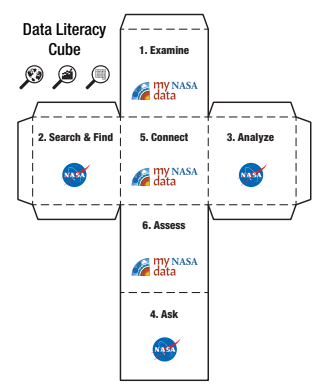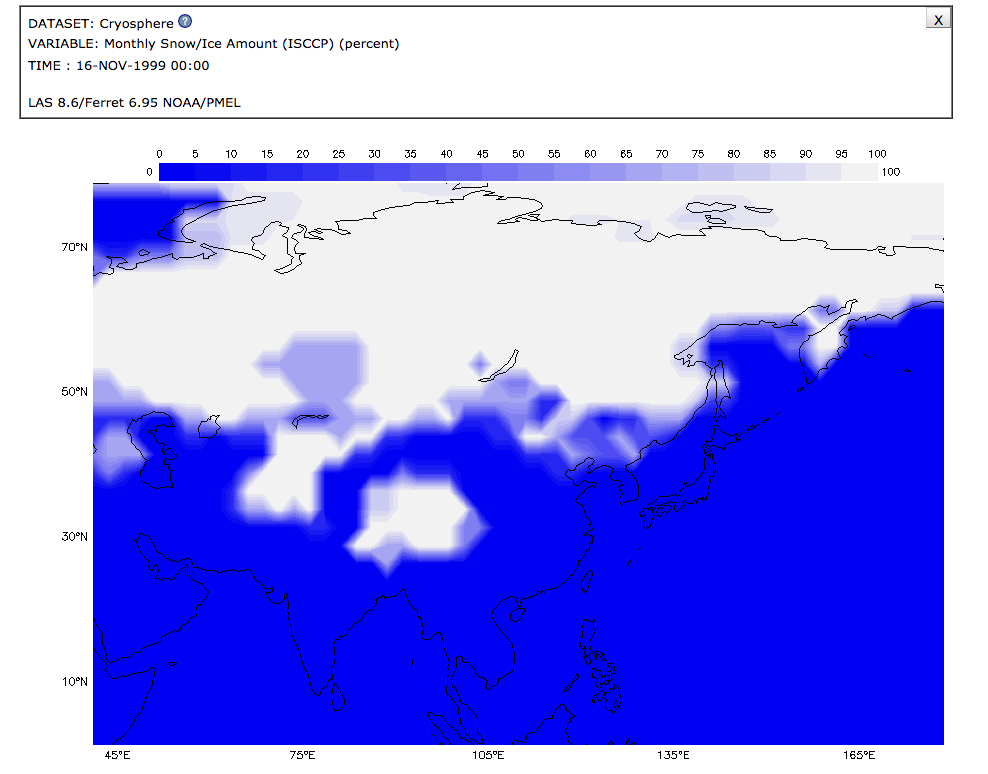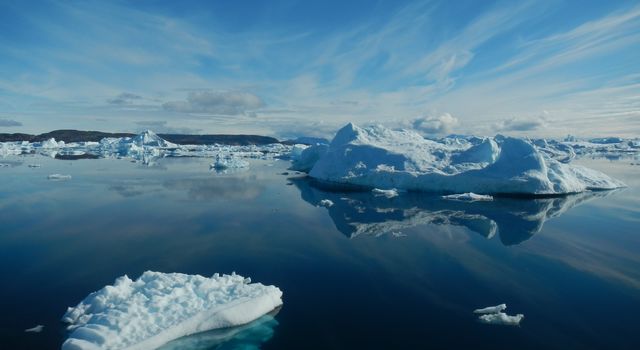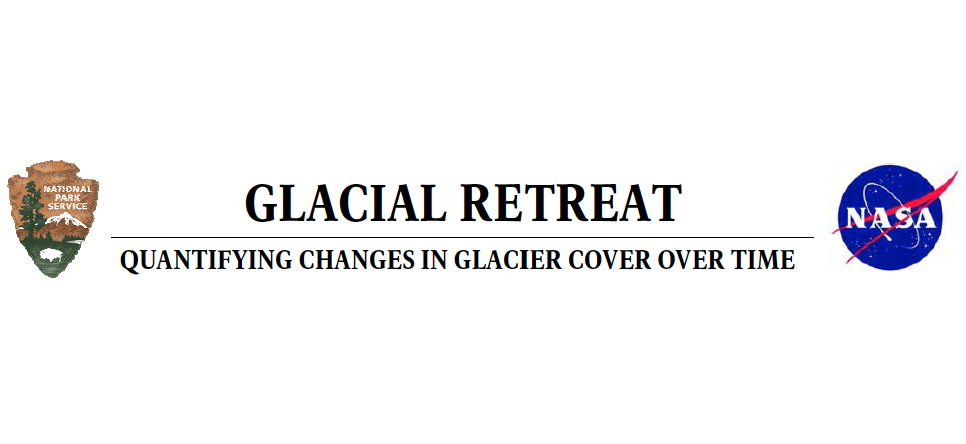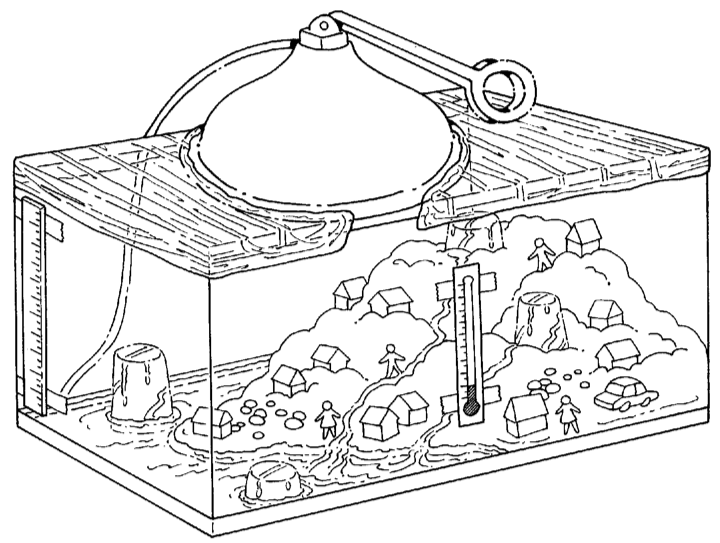The activities in this guide will help students understand variations in environmental parameters by examining connections among different phenomena measured on local, regional and global scales.
List of all Cryosphere Lesson Plans




Students will practice the process of making claims, collecting evidence to support claims, and applying scientific reasoning to connect evidence to claims.
This Lesson Plan provides some generic maps, graphs, and data tables for use with the Data Literacy Cube. Because this is a differentiated resource, it is appropriate for multiple grade bands.
In this lesson, Observing Earth’s Seasonal Changes, students observe patterns of average snow and ice amounts as they change from one month to another, as well as connect the concepts of the tilt and orbit of the Earth (causing the changing of seasons) with monthly snow/ice data from January 2008
This series of videos highlights how NASA Climate Scientists use mathematics to solve everyday problems. These educational videos to illustrate how math is used in satellite data analysis.
In this activity, students will learn about sea ice and land ice. They will observe ice melting on a solid surface near a body of water and ice melting in a body of water.
In this activity, students use satellite images from the NASA Landsat team to quantify changes in glacier cover over time from 1986 to 2018.
This activity is one of a series in the collection, The Potential Consequences of Climate Variability and Change activities.
NASA visualizers take data – numbers, codes – and turn them into animations people can see and quickly understand.
Students are introduced to the Earthrise phenomenon by seeing the Earth as the Apollo 8 astronauts viewed our home planet for the first time from the Moon. They will analyze a time series of mapped plots of Earth science variables that NASA monitors to better understand the Earth









